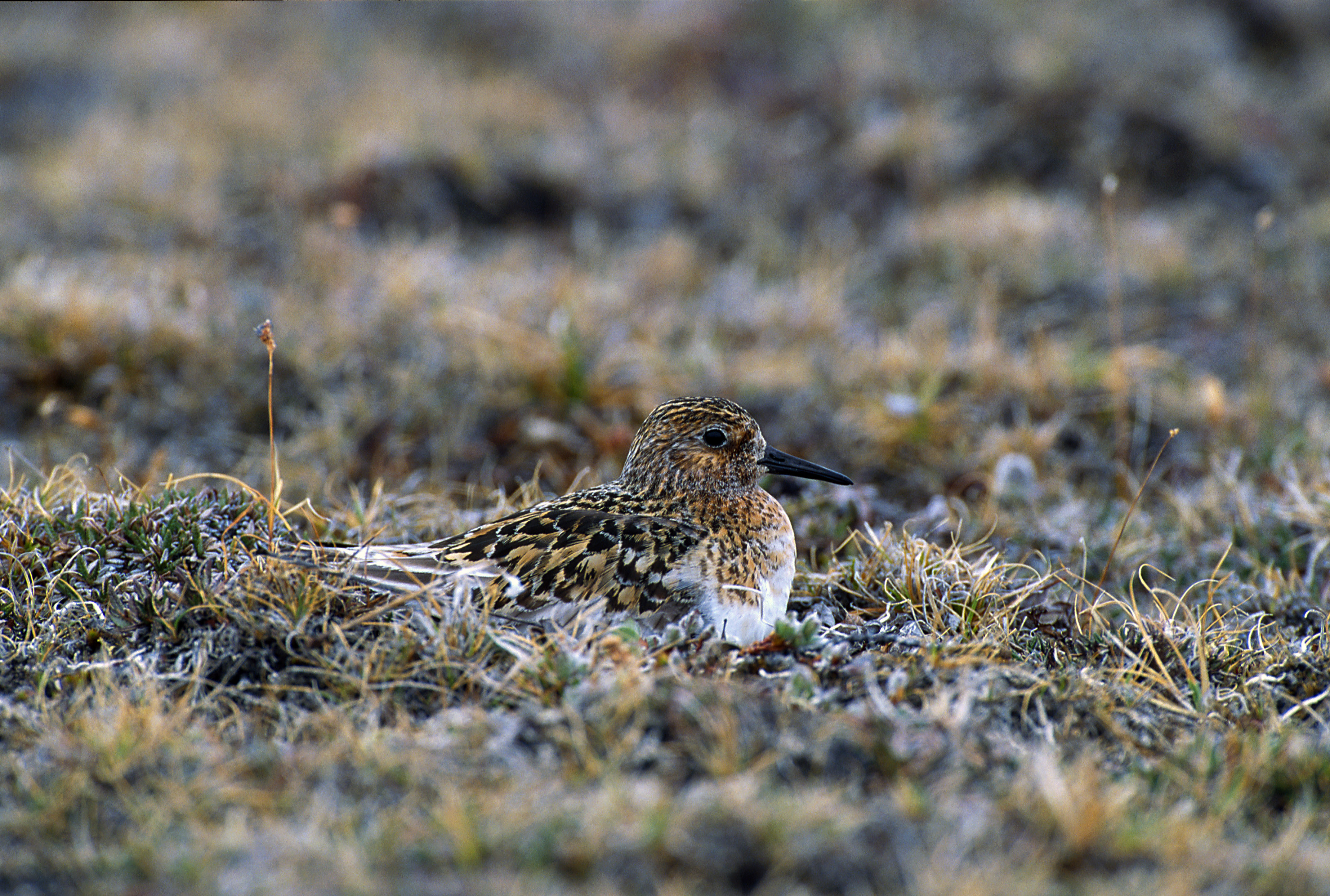Climate change pressing Arctic shorebirds
Climatically suitable breeding conditions disappear in the Arctic

Large areas in the Arctic may become unsuitable for breeding for millions of migratory birds due to climate change. This is the cruel conclusion from a new international study published in Global Change Biology in July.
Researchers from Australia, Norway, Russia, USA and Denmark applied so called ecological niche models to compare climatically suitable breeding conditions to predicted conditions in2070, and compared them with a warm period in the past. The study covered 24 species of migratory Arctic shorebirds, some of which undertake migrations of up to 20.000 km between their breeding grounds and overwintering areas.
Senior scientist David Boertmann from ARC participated in the study:
“In June 2014, I was contacted by Hannah Wauchope from University of Queensland, Australia, who asked if I could help her with distribution maps of breeding shorebirds in Greenland. Hannah’s plan was to combine such distribution maps from the entire Arctic and use the data for predicting species breeding ranges as a function of climate change. I prepared the maps in a 10 km x 10 km grid.”
The results were rather dramatic: “The predictions indicate that suitable breeding conditions will shift and decline over the next 70 years, with more than two thirds of the species losing the majority of their breeding area”, tells David Boertmann, who has a long experience with research on Greenland. He continues:
“In Greenland, both sanderling and red knot seem to loose habitat. On the other hand, two species, buff-breasted sandpiper and red-necked stint, currently not breeding in Greenland, may find suitable breeding conditions in the future.”
According to the study, the most seriously affected areas are western Alaska and eastern Russia, where Arctic birds are becoming vulnerable to the "shrubification" of the tundra, and predators, such as red fox, moving north.
The scientists also analysed the results in relation to protected areas in the Arctic. The protected areas network covers quite well current and future suitable breeding areas, except in the Canadian Arctic, which lacks protected areas. However, the study also points out that for protecting Arctic migratory birds, it is important to protect not only breeding areas, but also migratory stop over sites.
Read the article:
Wauchope HS, Shaw JD, Varpe Ø, Lappo EG, Boertmann D, Lanctot RB & Fuller RA 2016. Rapid climate-driven loss of breeding habitat for Arctic migratory birds. Global Change Biology 2016, doi: 10.1111/gcb.13404
